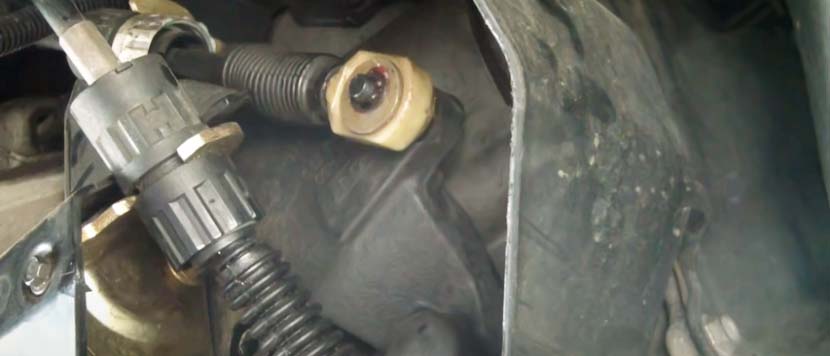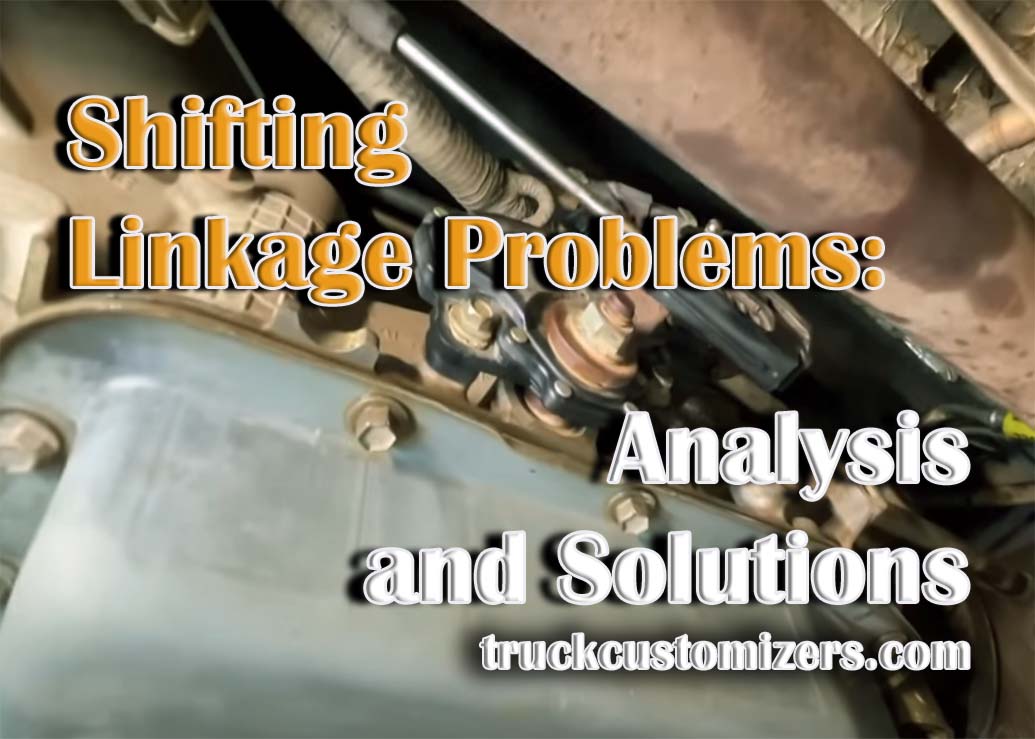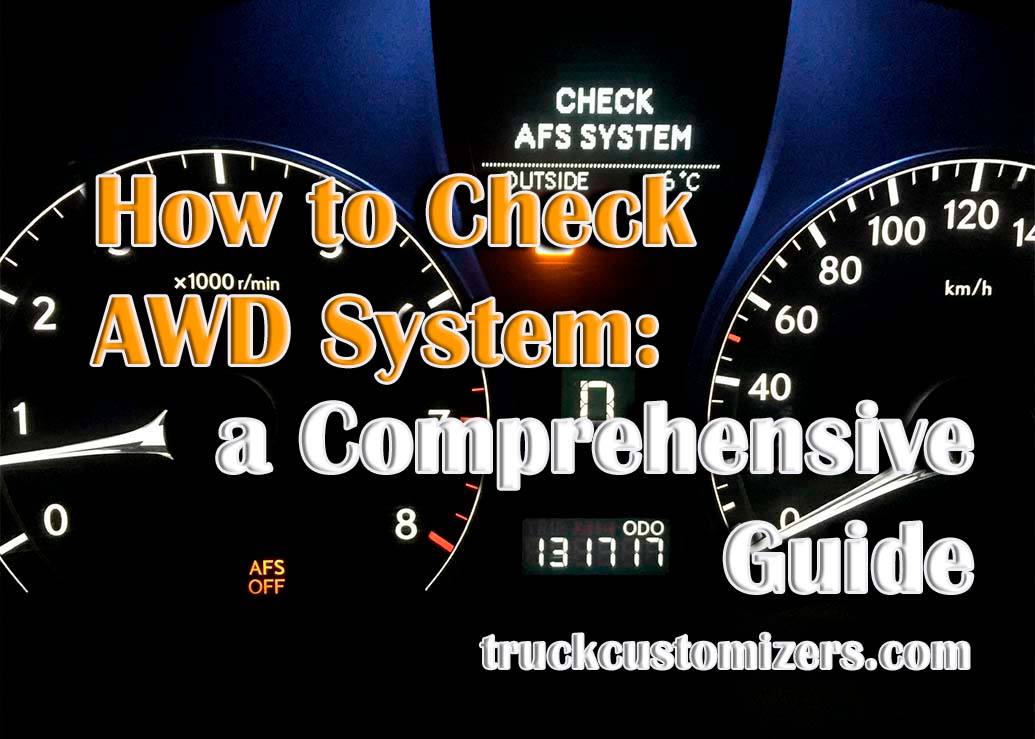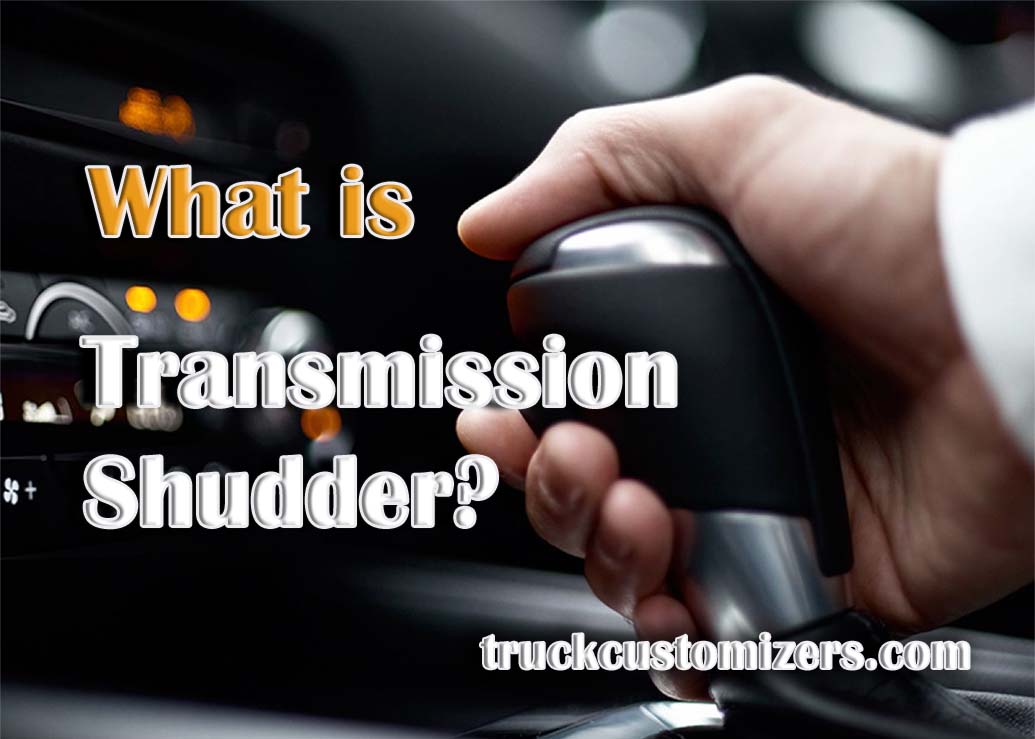Shifting linkage problems can arise in vehicles with manual or automatic transmissions, causing significant operational issues and potentially jeopardizing the vehicle’s overall performance. It is the shifting linkage that controls the vehicle’s gear transitions, and any malfunction in this system can result in erratic shifting or, in worst-case scenarios, prevent shifting altogether. Understanding shifting linkage problems is essential for every driver, contributing to a safer and smoother driving experience.
Recognizing the Symptoms of Shifting Linkage Problems
Numerous signs can alert drivers to potential shifting linkage problems. One of the most apparent symptoms is the inability to shift gears or difficulty while doing so. Drivers may also notice an unresponsive transmission, indicated by the vehicle failing to move despite being in gear. Noises during gear shifts, such as grinding or clunking sounds, can further suggest shifting linkage issues. Lastly, if the vehicle slips out of gear while in motion or if there is an unusual delay before the vehicle engages into drive or reverse, these are likely symptoms of a malfunctioning shifting linkage.
Causes Behind Shifting Linkage Problems
There are several potential causes of shifting linkage problems. One common cause is wear and tear on the linkage components due to prolonged use. This wear can lead to a loose or broken shifting linkage. Another cause can be improper adjustment of the linkage, which can result in the inability to shift gears correctly. Additionally, lack of lubrication can cause the shifting linkage to function improperly. Lastly, a faulty transmission system or maladjustment in the clutch (for manual transmissions) can indirectly lead to shifting linkage problems.

Solutions to Shifting Linkage Problems
When it comes to resolving shifting linkage problems, the solutions largely depend on the specific cause.
-
For issues related to wear and tear, replacing the worn-out components can resolve the problem.
-
If the problem is due to improper adjustment, readjusting the linkage to its correct setting is typically the solution.
-
In cases where lack of lubrication is the cause, ensuring regular maintenance and adequate lubrication can improve the shifting linkage’s operation.
All these repairs are best performed by a qualified mechanic to ensure proper implementation and safety.
Preventive Measures for Shifting Linkage Problems
Prevention is always better than cure, and this applies to shifting linkage problems as well. Regular vehicle maintenance, including timely lubrication and alignment checks, can prevent many shifting linkage issues. Keeping an eye on the vehicle’s performance and noting any irregularities can also help catch problems early. Furthermore, when towing heavy loads, using appropriate shock absorbers, like the Best Shocks for Towing F150 that we detailed in another of our articles, can reduce strain on the vehicle, thereby preventing potential shifting linkage problems.
Conclusion: Shifting Linkage’s Impact on Vehicle Performance
In conclusion, shifting linkage problems can considerably impact a vehicle’s performance, making gear shifting difficult or even impossible. Recognizing the symptoms of such issues, understanding their causes, and knowing the potential solutions can significantly enhance the driving experience. It is important to remember that regular maintenance and preemptive care can help avoid many of these problems, ensuring your vehicle remains reliable and safe to drive.



